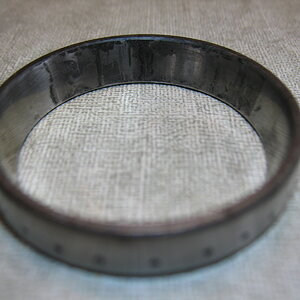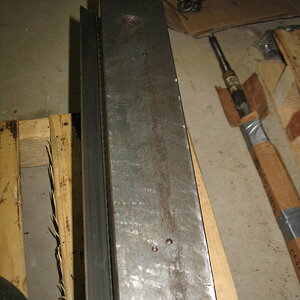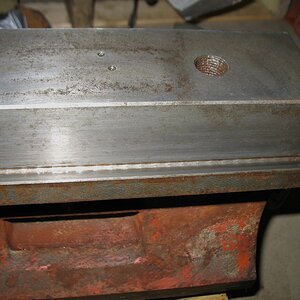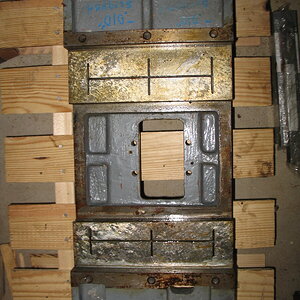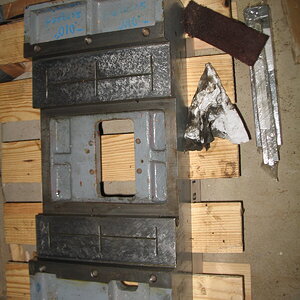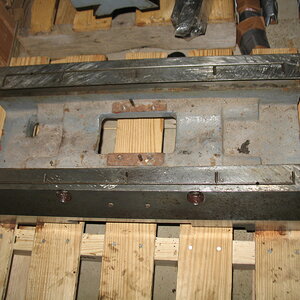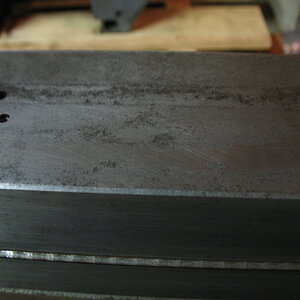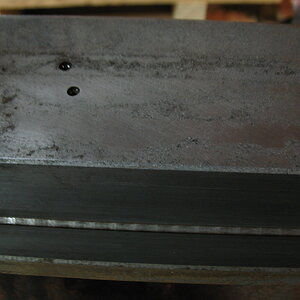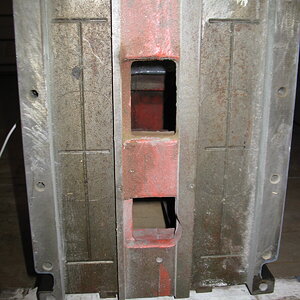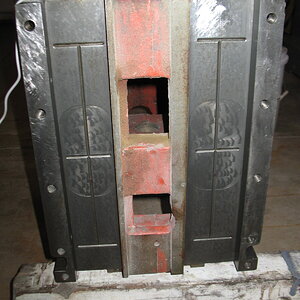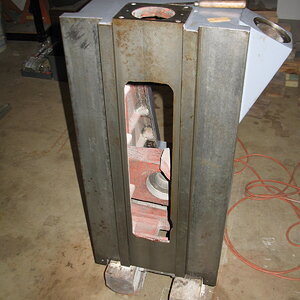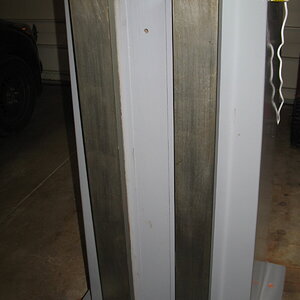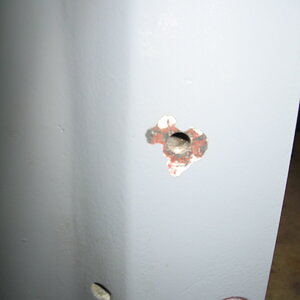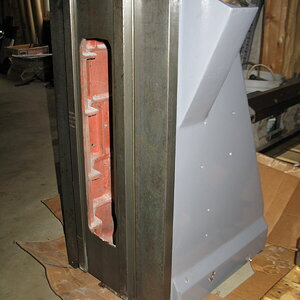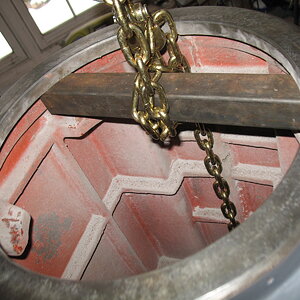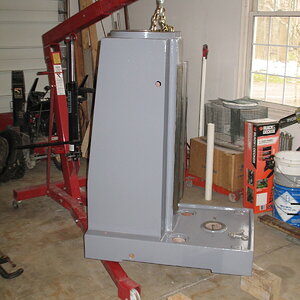The weather was getting better, so I started stripping off the three layers of paint, the original gray, an ugly blue and a nasty brush painted white that barely stuck to the blue. All the edges were significantly chipped all the way down to bare metal, so I feathered the filler in any of those areas so they wouldn't be built up with filler, which is what caused all the chipping. This was definitely a tradeoff as they won't look as nice as they could but also won't be as prone to chipping. The worst area was the "tray" in the front. At some point, this machine must have run water-based coolant or had water sitting in the tray as there was a fair bit of rust pitting and missing paint/filler, so I ground the tray down do bare metal and painted it with rust converter followed by sanding the surface to bare metal. I actually removed more filler than shown in the photo but I don't have a picture of that so this one is the closest.
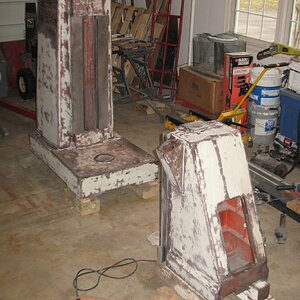
Next came a skim coat of body filler over the base and knee. It took a little over three quarts to cover both parts.
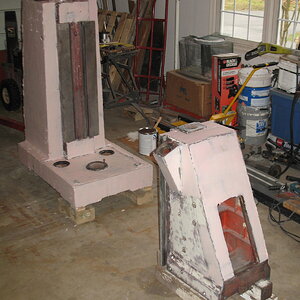
There was still one spot on the knee that wasn't done yet, but it was lunch time and I was hungry. You can guess what came next...lots and lots of sanding. I wanted as little filler left as I could get away with as it was the original chipped filler that made it look so shabby to begin with.
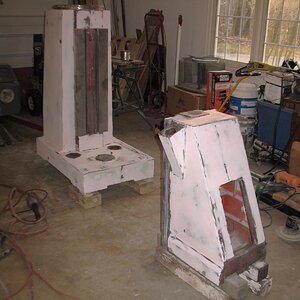
In the above photo, I have about 1/2 off the filler sanding done but didn't take a picture fully sanded. From starting to strip paint to ready for primer has taken about two weeks.

Next came a skim coat of body filler over the base and knee. It took a little over three quarts to cover both parts.

There was still one spot on the knee that wasn't done yet, but it was lunch time and I was hungry. You can guess what came next...lots and lots of sanding. I wanted as little filler left as I could get away with as it was the original chipped filler that made it look so shabby to begin with.

In the above photo, I have about 1/2 off the filler sanding done but didn't take a picture fully sanded. From starting to strip paint to ready for primer has taken about two weeks.

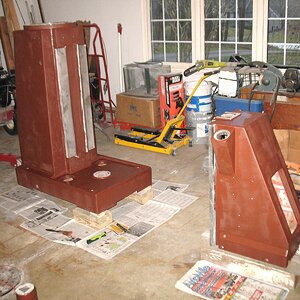
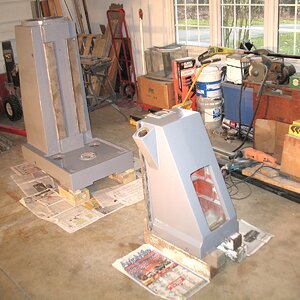
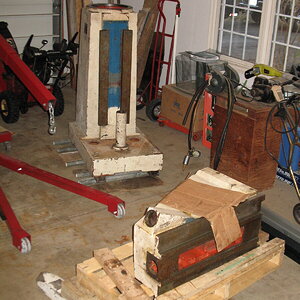
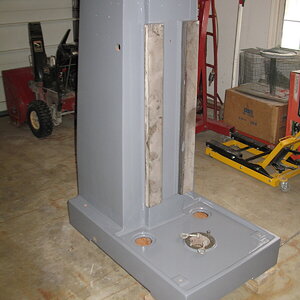
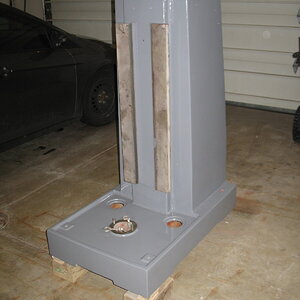
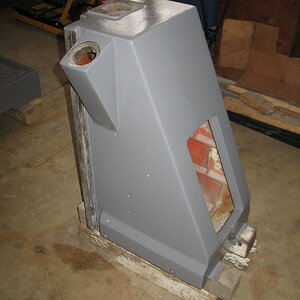
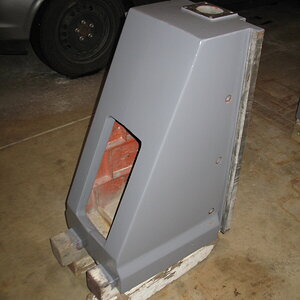

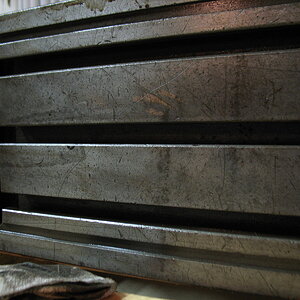
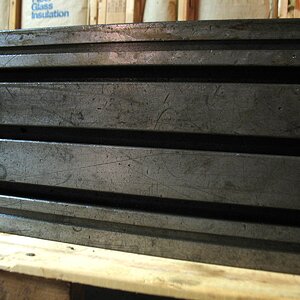
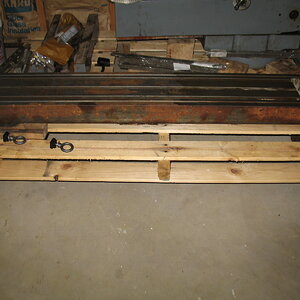
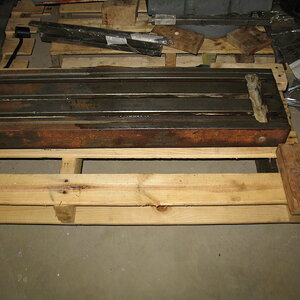
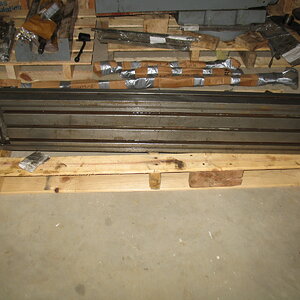
 I've cleaned up a couple "neglected/beat up" mill tables
I've cleaned up a couple "neglected/beat up" mill tables